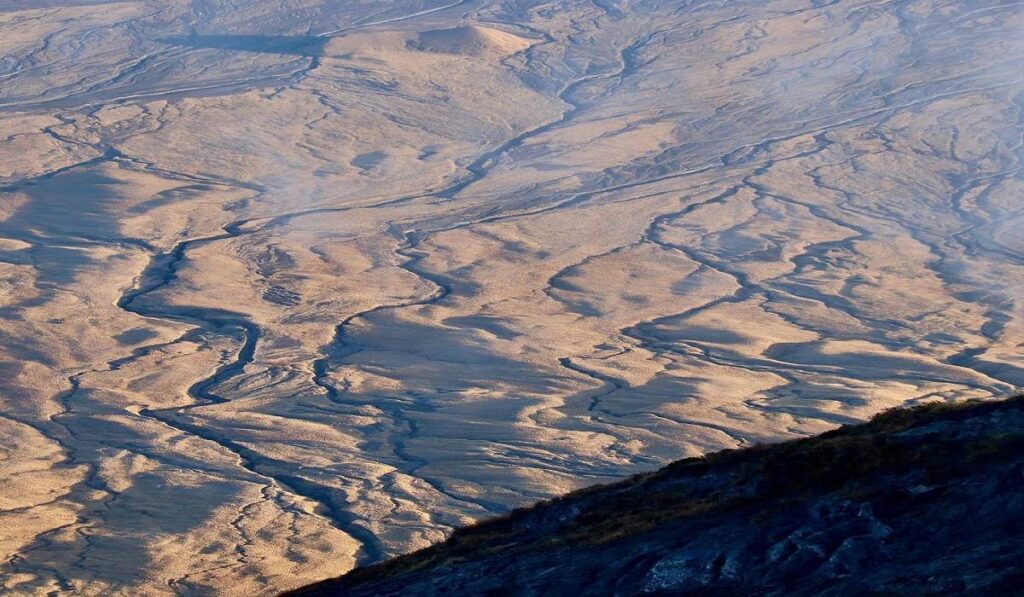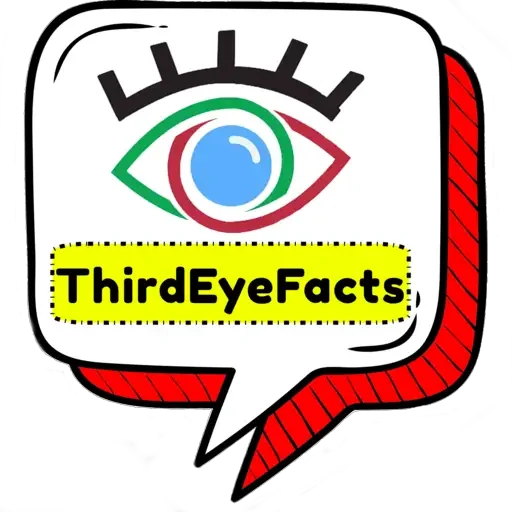In East Africa, something special is happening underground that could change how the land looks forever. Scientists around the world are paying close attention as the Great Rift Valley stretches and tears the Earth’s surface. Geologist predicts that Africa is going to be split into two in 5-10 million years which will give birth to a sixth ocean.
The idea of a new ocean forming in Africa is really interesting because it shows how the Earth’s surface is always changing. Right now, we have five big oceans: the Pacific, Atlantic, Indian, Southern, and Arctic. But if a new one forms in Africa, it could mean big changes for our planet’s geology.
What are Plate Tectonics?
Plate tectonics is the scientific idea that the Earth’s outer shell, called the lithosphere, is divided into several large, rigid pieces called tectonic plates. These plates are like giant puzzle pieces that fit together on the Earth’s surface. They float on a semi-fluid layer of the Earth’s mantle called the asthenosphere.
Plate tectonics are like a puzzle game where big pieces of the Earth’s surface move around. This movement causes earthquakes, volcanoes, and the making of mountains and oceans. There are basically three types of tectonic plates: some move apart, some crash into each other, and some just slide past each other. Understanding plate tectonics helps us figure out how the Earth’s surface changes over a really long time.
Observation of the Split in Africa

In 2005, something amazing happened in Afar triangle: a huge volcano called Dabbahu erupted, causing a bunch of earthquakes. These earthquakes open up a big split in the ground that was 35 miles long and 26 feet wide in just ten days! The ground around the crack dropped down a lot, making a low area that will eventually turn into the bottom of a new ocean.
Since then, the splitting of the land has been happening more slowly, but sometimes there are sudden bursts of activity. In 2009, another volcano erupted and made a crack in the ground that was 14 kilometers long. It shot out lava and ash.
Then in 2017, heavy rain caused a big piece of land to slide down, revealing a deep crack in the ground that was 15 meters deep. And in 2019, pictures from space showed that the crack had gotten 4 centimeters wider in just six months.
Afrar triangle
The Afar Triangle is an area in East Africa where three big pieces of the Earth’s surface, called tectonic plates, meet up. It’s famous for having lots of things happening in the ground, like volcanoes erupting, earthquakes shaking, and deep valleys forming. It’s called the Afar Triangle because the Afar people live there.
This place is where the African, Arabian, and Somali plates come together. These plates are slowly moving apart, which makes the Earth’s surface stretch and crack. This stretching has made the Great Rift Valley, a big trench-like valley that goes through the region.
Because so much is happening underground, the Afar Triangle is known as one of the busiest places on Earth for geological activity. The land is always changing as the Earth’s surface moves around.
East African Rift System- Reason for split in Africa in future
The East African Rift System(EARS) is a big crack or split in the Earth’s surface that runs through East Africa. It’s where the African continent is slowly pulling apart, like a zipper opening. This stretching causes the land to sink and crack, creating valleys and mountains.
The rift system is made up of a network of rift valleys, which are long, narrow valleys with steep sides. These valleys are often filled with lakes and are surrounded by highlands.

The East African Rift System, with its big cracks and valleys, has been forming slowly for millions of years. It’s hard to know exactly when the cracks started because it’s a complicated process. Scientists think it began about 25 to 30 million years ago. Since then, the rift has been getting bigger and deeper, making the valleys we see today.
Even though there have been earthquakes and other big events over time, the cracks didn’t happen all at once. They formed gradually over a long, long time.
This geological feature is significant because it’s where new oceanic crust could form in the future, leading to the creation of a new ocean. It’s also a hotspot for volcanic activity, with many active volcanoes along the rift.
Superplume upwelling role in creating Sixth Ocean
Superplume upwelling refers to an extremely large and powerful movement of hot material from deep within the Earth’s mantle towards the surface. It’s like a huge fountain of hot rock rising up from deep within the Earth.
While superplume upwelling does play a role in shaping the Earth’s surface, it doesn’t directly create oceans. Instead, superplumes are massive movements of hot material from deep within the Earth’s mantle towards the surface. These upwellings can lead to volcanic activity and the formation of large igneous provinces (LIPs), which are extensive regions of volcanic rock.
Over geological time scales, the movement of tectonic plates due to processes like superplume upwelling can influence the opening and closing of ocean basins.
For instance, when these plates move away from each other at certain spots, hot stuff from deep inside the Earth comes up to fill the space between them. This can make new ocean floors and make oceans bigger.
But when the plates crash into each other, it can squish the ocean floors, making them smaller or even closing them up. This can also make mountains.
Superplume upwelling indirectly influences the formation and evolution of oceans by driving volcanic activity and tectonic movements.
Conclusion
The gradual increase in the split in the Afrar triangle of East African Rift System will result in separation of tectonic plates. This big movement of the Earth’s plates will result in to creation of new Sixth Ocean possible. It’s also changing how East Africa looks, kind of like what happened long ago when one huge landmass broke apart to make the Atlantic Ocean. And if these plates keep moving, places like Uganda and Zambia might end up with their own shores one day.
Read more: Gigantic Ocean discovered at 700km beneath Earth surface- Ringwoodite.

